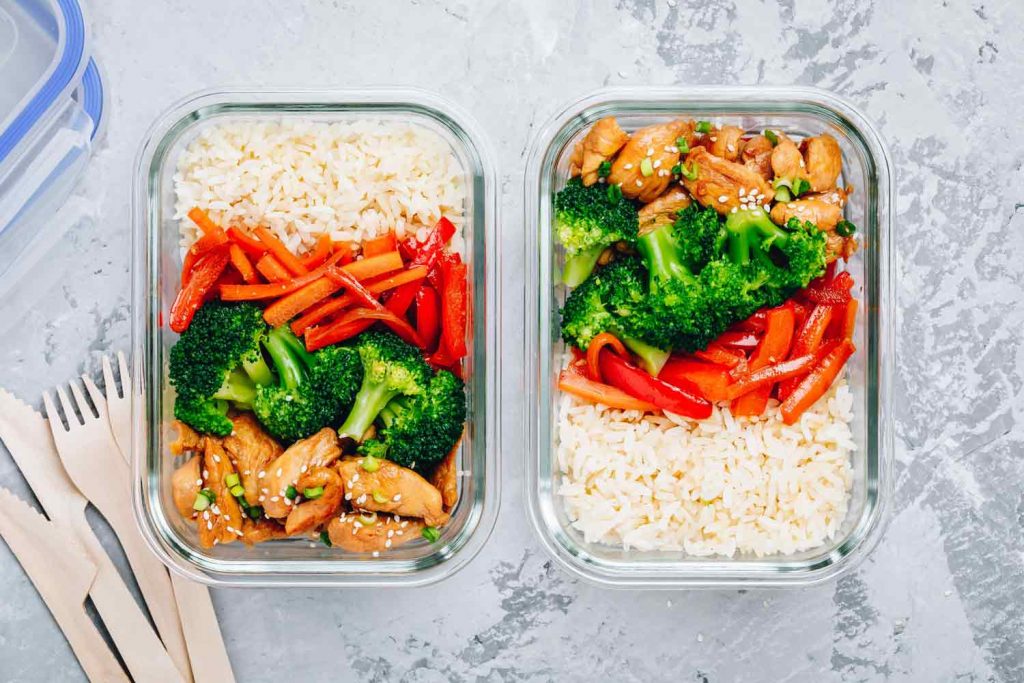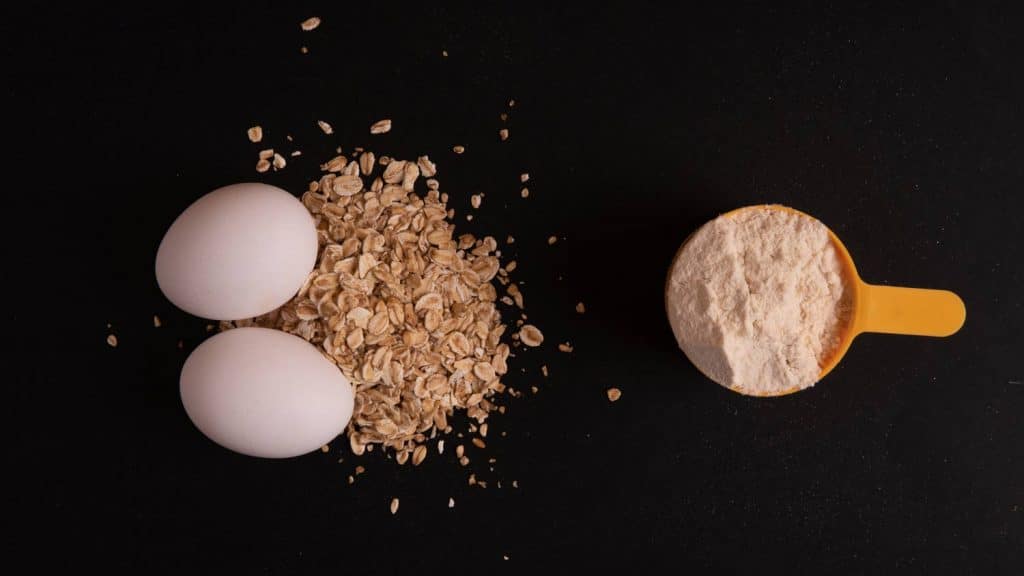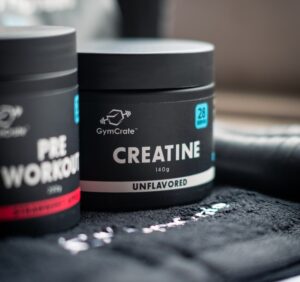
Lean Bulking Guide
Lean bulking is a popular fitness goal that combines mass with aesthetics. It involves gaining muscle mass and shaping the physique, without adding too much body fat. If you want to embark on a lean bulk, read our guide which will explain the best ways to organise your training, cardio, nutrition, and supplementation to achieve your goal.
What is lean bulking?
Lean bulking is an unofficial term that describes gaining muscle to shape the physique, without gaining too much body fat. It’s extremely difficult to add muscle tissue without adding any body fat at all. But a lean bulk aims to gain only lean tissue with minimal fat, so you maintain a lean physique throughout the phase.

How do you go about lean bulking?
The idea of lean bulking came about because so many people used to focus purely on mass, regardless of body composition. This led to terms like “dirty bulk”, which describes a much looser approach to gaining muscle. On a “dirty bulk”, you wouldn’t mind how much fat you gained alongside the muscle.
The problem with this is you would then need to diet down to lose the body fat, which is time-consuming and carries the risk of losing some of your hard-earned muscle.
The benefits of lean bulking
The concept of lean bulking counters this approach with a more precise bulk that leaves you with a leaner and more athletic physique. Whilst it takes a little more care and precision, the results are well worth it.
A lean physique
When you do a lean bulk, your physique will remain relatively lean throughout the muscle gain process. This is likely to make you feel more confident in and out of the gym.
Easier to see progress
Lean bulking means you will be able to see the size and shape of your new muscle mass, so you can accurately assess how your physique is changing.
No need to diet down
By avoiding excess body fat, you will not have to diet after your bulk. You’ll be able to enjoy your new, more muscular physique straight away.

How to lean bulk
The process of lean bulking is pretty simple, but that doesn’t mean it’s always easy. To maximise your muscle gain, you need to eat in a caloric surplus and train appropriately. But the key to a lean bulk is controlling the calorie excess. Only increase your calories as much as you need to fuel new muscle growth. Any extra is likely to be laid down as subcutaneous fat.
Mistakes to avoid when lean bulking
- Eating in a large caloric excess
- Poor eating plan structure
- Poor eating plan structure
- Low training intensity
How many calories for lean bulking
To maximise muscle gain, you will have to eat in a calorie excess. The way you turn those calories into new muscle tissue is through applying training stimulus.
Start with a small calorie increase and track food intake, training output, and lean bulk results. You could do this through progress photos, waist measurements, or weight and body fat statistics.
Try increasing your daily calories by 15% of your maintenance numbers, and assess the results over 4 weeks. If you feel you are gaining too much fat, increase your activity calories through walking or other non-exercise activities. If you think you are not gaining muscle fast enough, increase daily calories by another 5%-10% and track accordingly. If you feel that your training is intense and your sleep is adequate, you should consider increasing your calories until you are at a happy medium where you’re gaining muscle at a stable rate but keeping your unwanted fat gain at a minimum.
Nutrition for lean bulking
Some people make the mistake of eating too much protein and thinking this will transform into lean muscle. Once you have hit the optimal protein intake of 2.3g-3.1g protein per 1kg body weight recommended by Helms et al “Evidence-based recommendations for natural bodybuilding” (1), you don’t need more. We recommend sticking to 2-2.5 grams per kilo of body weight as this is generally satisfactory for most individuals, but you can adjust your ideal amount through trial and error to see if more or less is optimal for you. If you need to increase calories past this point, you should get them from extra carbohydrates and fats to fuel training intensity and maintain healthy levels of testosterone.
As an example, if you weigh 70kgs and your maintenance calories are 2000 kcals/day, your lean bulk starting point might look like this:
2300 kcals (2000 kcals maintenance + 15%)
175g protein (70kgs bodyweight x 2.5g) = 700 kcals
70g fats (moderate intake) = 630 kcals
242g carbohydrates (the remaining calories after protein and fats) = 970 kcals
Supplements for lean bulking
Good quality supplements can make a significant difference to your training results, and muscle gains during a lean bulk. We recommend consuming creatine monohydrate, pre-workout, and protein powder to support your diet.
Creatine monohydrate is a must for lean bulking. It will increase your body’s stores of ATP (which can be thought of as a power source) and will therefore help you train at the required intensity and volume for hypertrophy.
Preworkout powder is essential for maximising training output at the gym. With active ingredients like caffeine and beta-alanine, you will notice a significant difference in your training intensity and commitment to high-volume training.
Protein powder such as whey protein (or a good plant-based equivalent) will ensure that you hit your protein macros without taking in excess calories from carbohydrates or fats. Whey protein powder offers all of the essential amino acids in a highly-bioavailable form and is a very low-fat protein source.

Training for lean bulking
The final piece of the puzzle for a successful lean bulk is training. You should focus your efforts on resistance training to build new muscle and retain it even as you stay lean. You shouldn’t need to do any dedicated cardio, as your calorie excess will be moderate. If you do feel that you are gaining a bit more fat than you’re comfortable with, and you can’t trim your caloric excess, you should increase your energy output by walking and being more active outside of the gym. However, if you do want to implement cardio as part of your lifestyle or gym routine, you should increase your calories with carbs and fats to match the energy loss.






